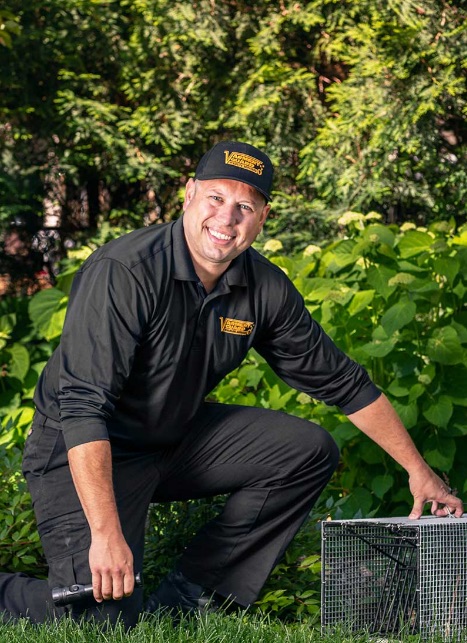
Professional
Wildlife Removal
A nationwide directory of nuisance wildlife control professionals.
A nationwide directory of nuisance wildlife control professionals.
If you don’t see the critter you’re looking to trap, send us a message through our Contact Us page.


Animal Trapper is an extensive directory of animal trappers with decades of experience trapping nuisance animals. With our competitive pricing and our team of experts, Animal Trapper will provide fast, professional and effective animal removal.
Schedule an appointment today and fill out the form below or give us a call.
or give us a call

Call anytime for a FREE Quote!
Copyright © 2025 Animal Trapper. All rights reserved.